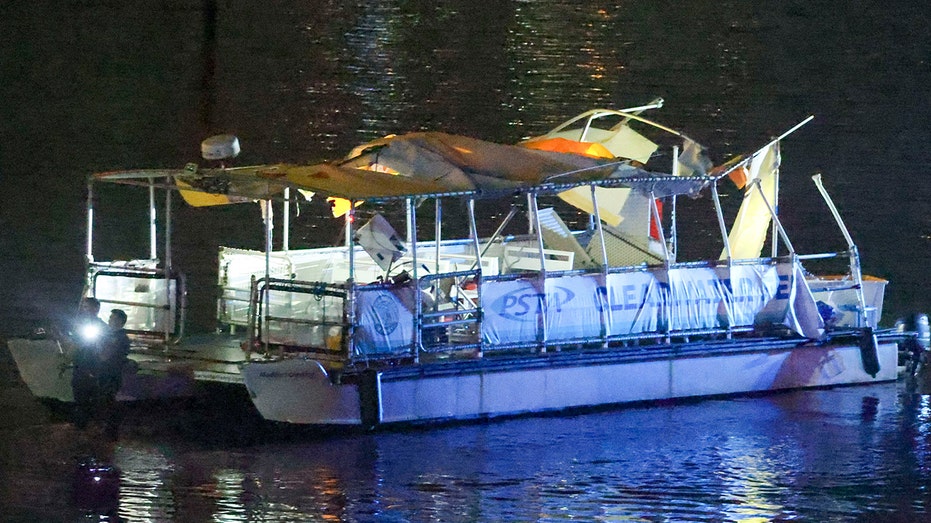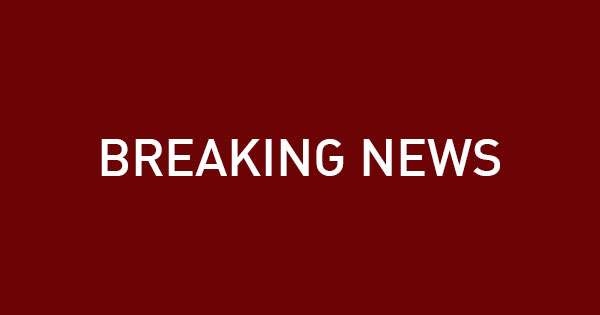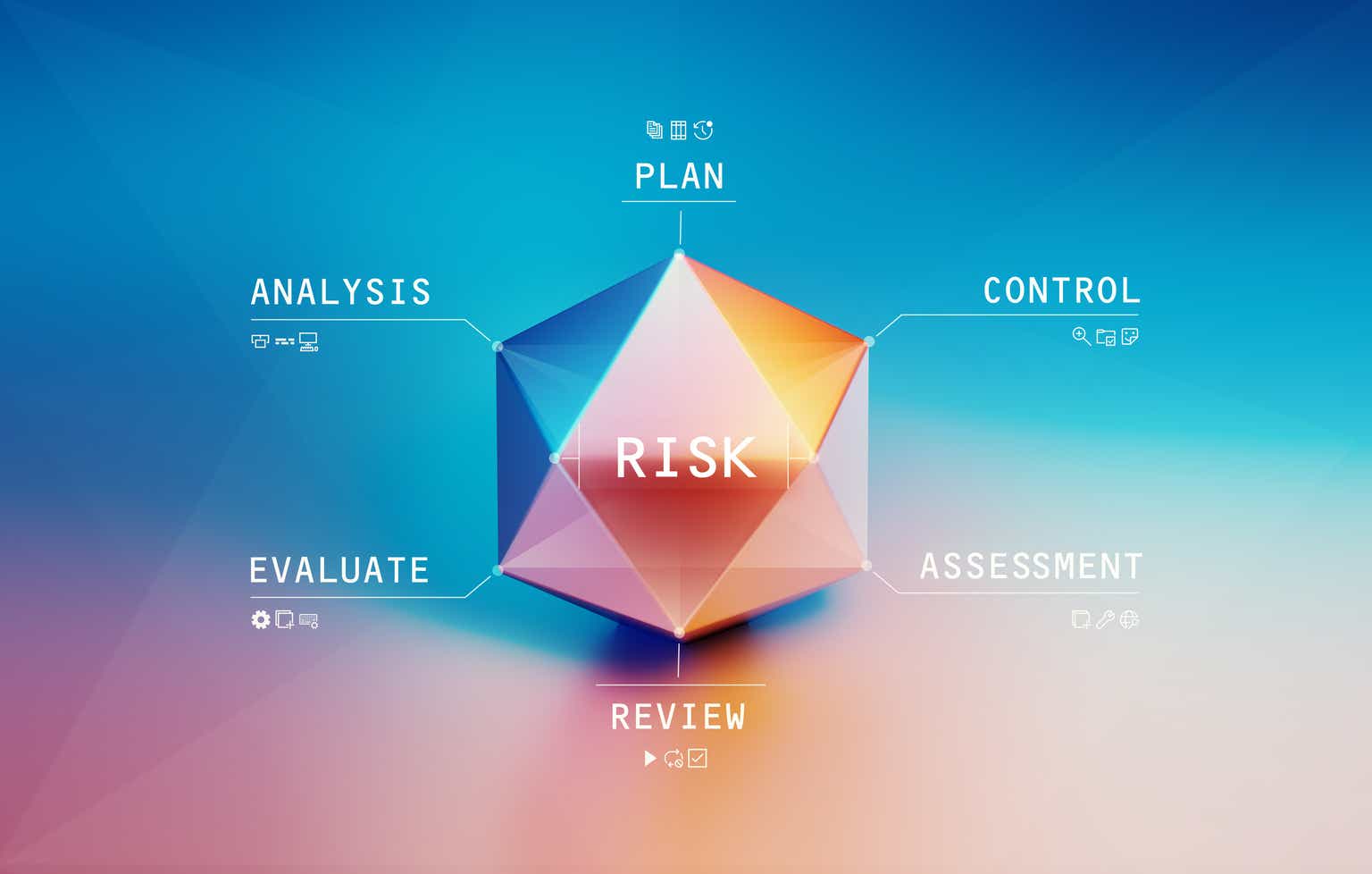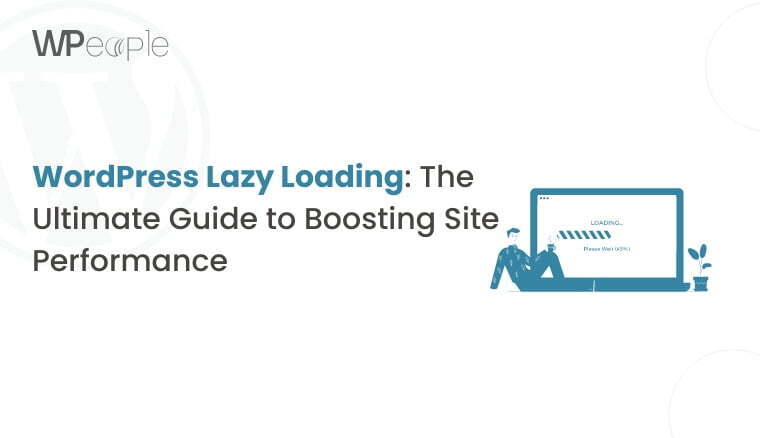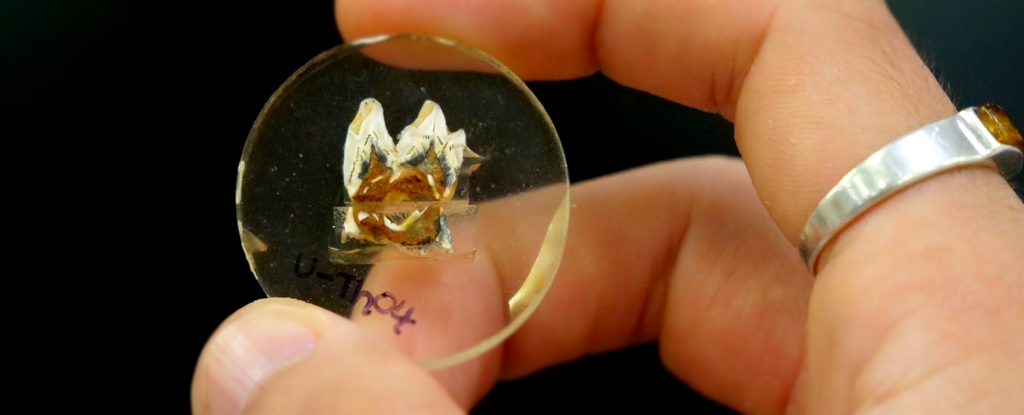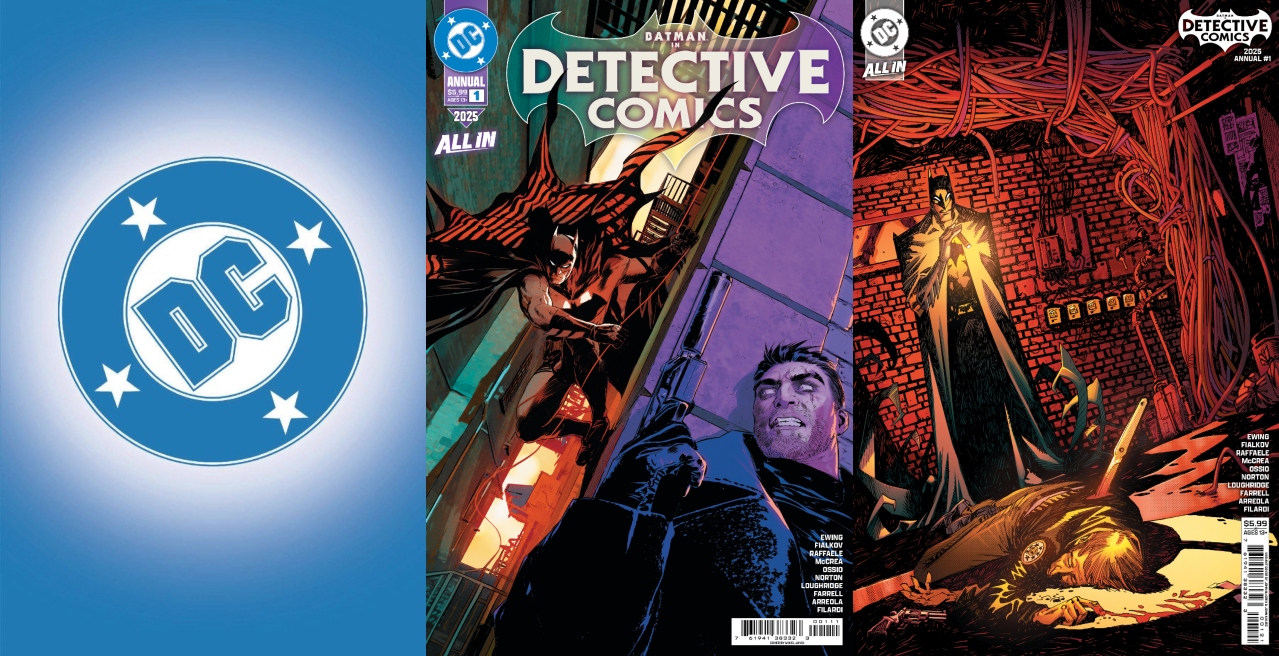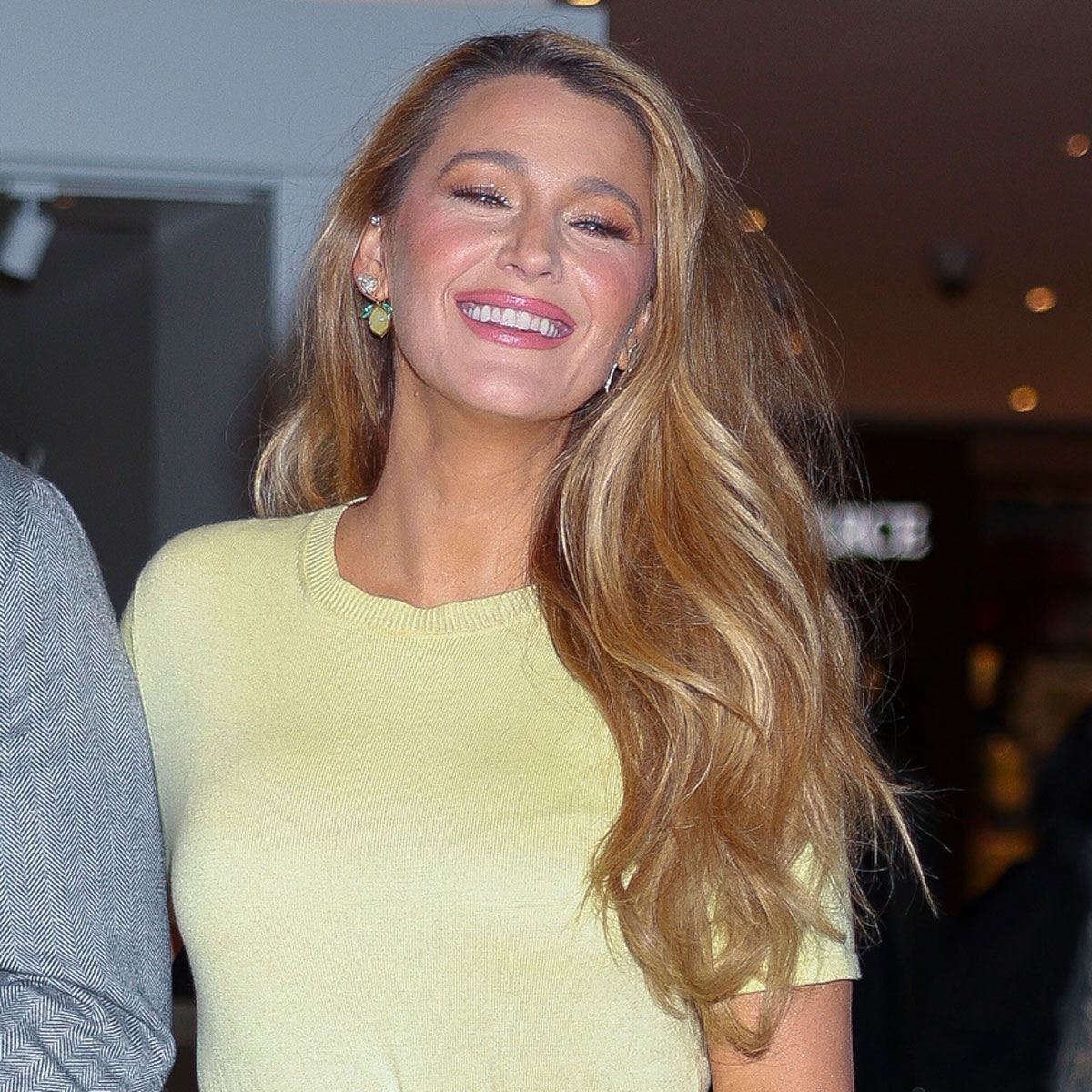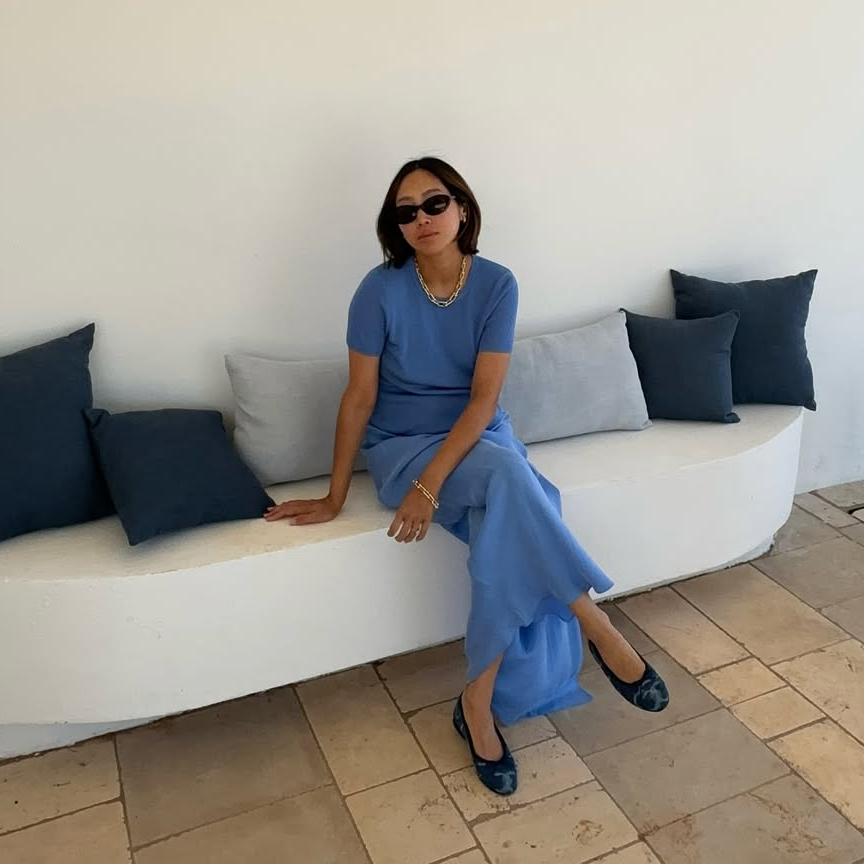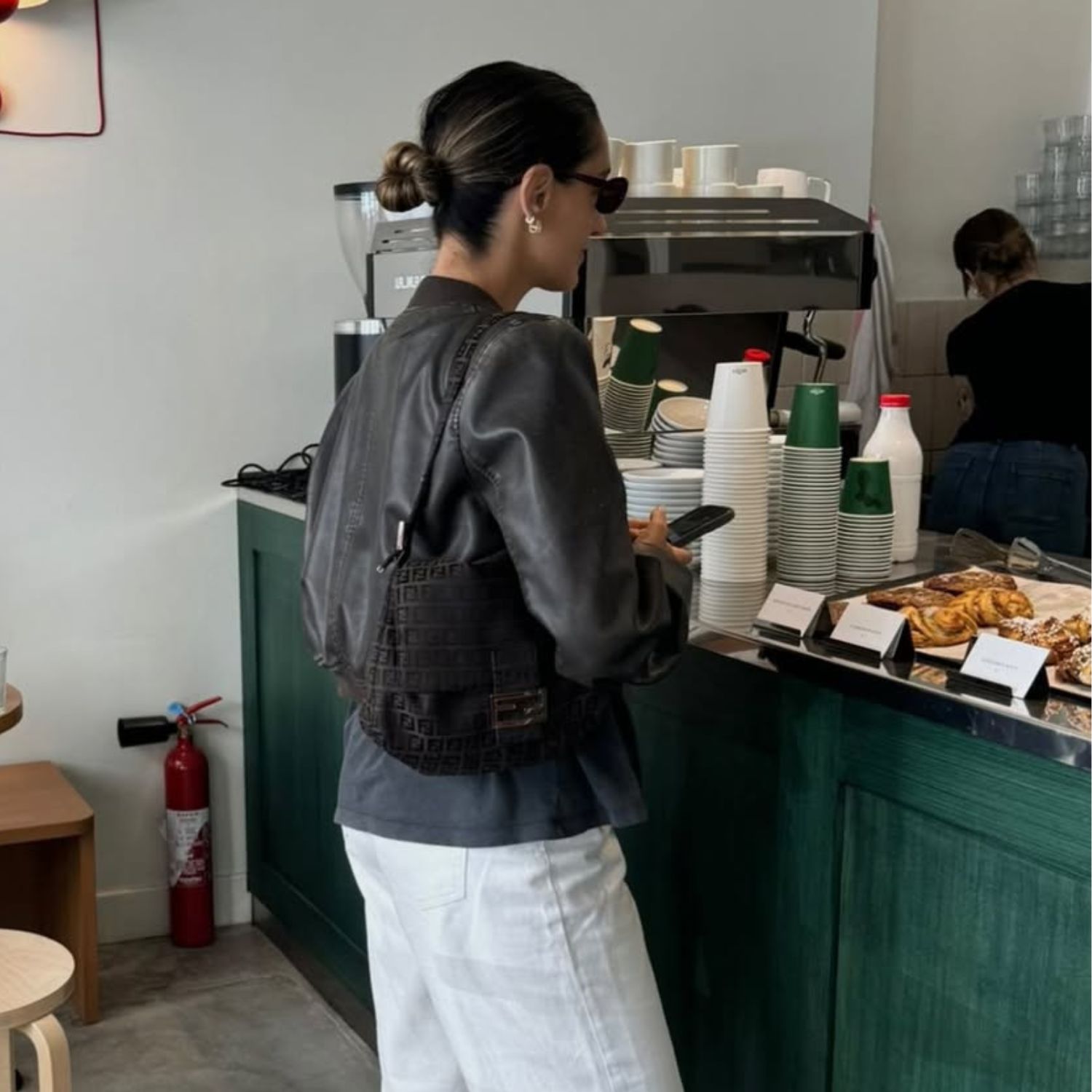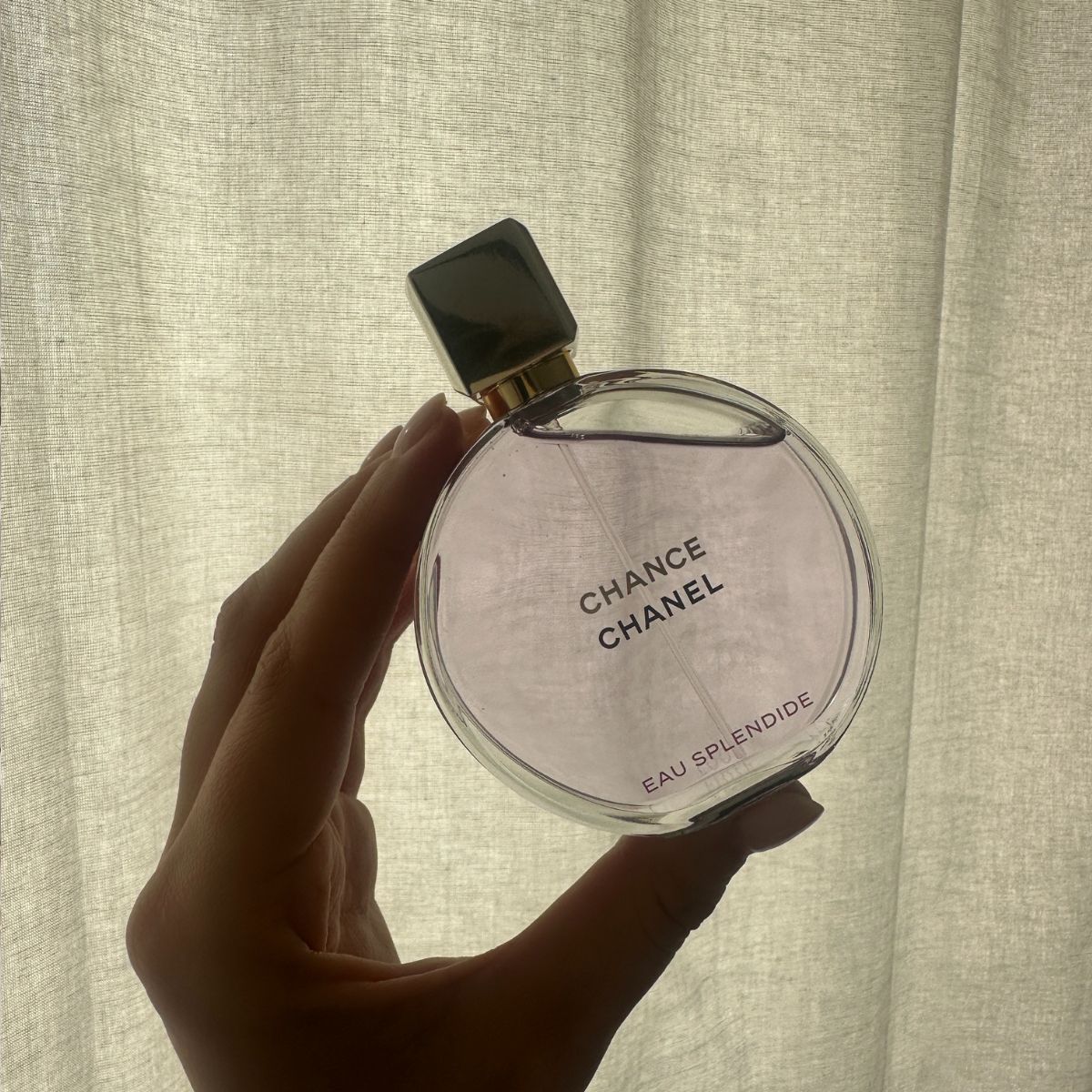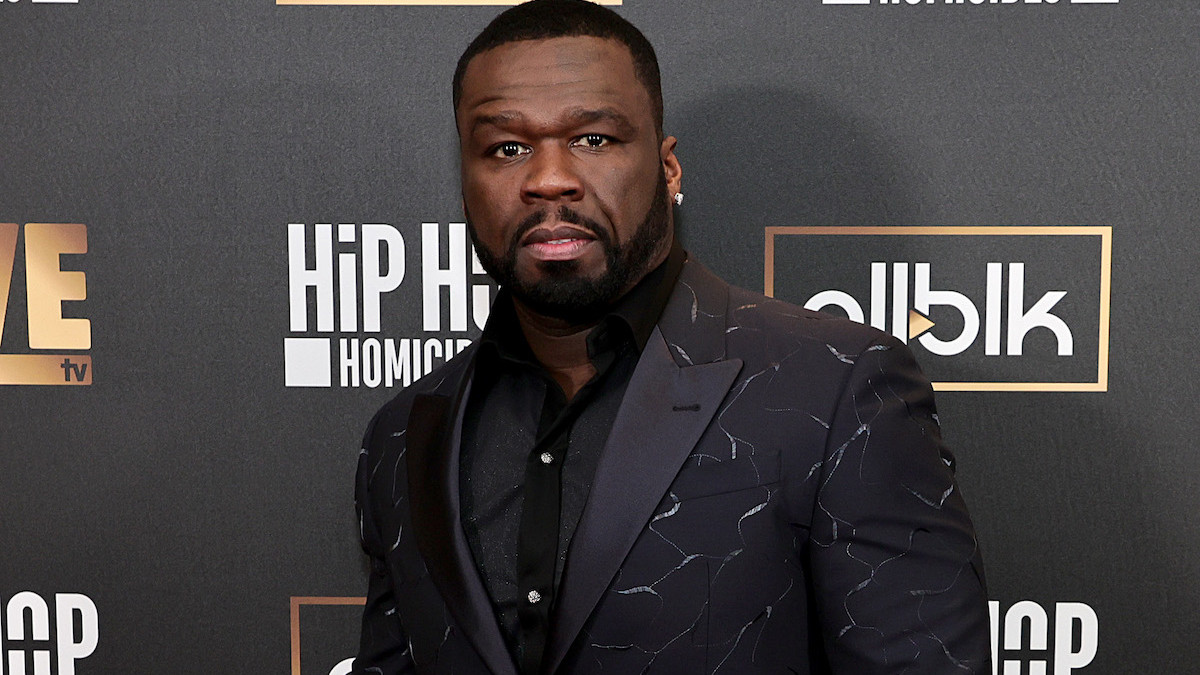Editor Max Allman on Discovering the Unique Language of 'The Python Hunt'
This post was written by Michelle Gallina and originally appeared on the Adobe blog on April 1, 2025.For ten grueling nights, the group confronts dangerous terrain, nocturnal creatures, and their own demons in an attempt to save the threatened ecosystem. Meanwhile, one professional hunter leads the charge to undermine the competition, questioning what hides beneath this python mania.Editor Max Allman walked us through his creative process, which always starts with watching all the footage in the order it was shot to fully get into the mind of the director. When he starts to get a bit burnt out from screening, Allman says he’ll try his hand at editing a scene that excites him to start discovering the unique language of the film.He used Productions in Premiere Pro for this project to streamline collaboration with his co-editor, Byron Leon, and also organize up to 16 (!) audio tracks per clip between the on-camera mics, external recorders, internal recorders, and backup recorders used during shooting. “Productions has been such a game changer for me,” said Allman. “The sharing capabilities, media management, and project management make our lives so much easier.”Check out our full conversation with Allman below for more insights on the making of The Python Hunt.How did you first get involved with this project?The director Xander Robin and I went to film school together at Florida State University and had been longtime close friends, roommates, and collaborators, but somehow, editing something he directed always eluded me. He introduced me to fellow Floridian Lance Oppenheim to edit his documentary series “Ren Faire”. Then, when Lance and Xander developed the idea for “The Python Hunt”, we knew it would be the perfect opportunity to finally work together in this capacity. So the day after I picture locked “Ren Faire”, I started on “The Python Hunt”.Where were you when you found out you got into SXSW? How did you feel?I woke up to a text message from Lance and Xander while I was in Sayulita, Mexico for my sister’s 40th birthday. It had been a long, winding edit, so I got surprisingly emotional. I knew it would be the perfect place to show “The Python Hunt” to the world. The elation was short-lived lived however, as my wife then got some pretty wild food poisoning on the first day of our vacation!How do you begin a project/set up your workspace?I edited the film in my longtime office in Dumbo, Brooklyn, where I edited jeen-yuhs: A Kanye Trilogy, Ren Faire and then The Python Hunt, so by that time, I had a pretty comfortable setup. I’m relatively lo-fi, so as long as I have a couple of monitors and a machine, I feel pretty ready to go. After getting our editorial ingestion and workflow set up, I tend to start at the beginning, watching footage in the order it’s been shot, to best inhabit the thought process of the director. I was lucky on this project to have my co-editor, Byron Leon, who began ahead of me, logging the hundreds of hours of footage and beginning assemblies, so that when I rolled into the edit, we already had our minds wrapped around some larger story beats. I’ll typically screen footage for the first few weeks to wrap my head around the big picture questions of visual language and narrative framework, but I can also tend to get a tad burnt out just screening. So if I feel a little bit of inspiration, I’ll usually pivot out of screening to try my hand at a scene that excites me, to try to begin the process of discovering the unique language of the film.Tell us about a favorite scene or moment from this project and why it stands out to you.There are probably too many to count, but one sequence I really love is what we call “the dark night of the soul” sequence. After five days into the hunt, most of our primary characters have failed to catch a python. One of our main hunters, Toby, a hunting guide and wildlife writer, is so pained by the failure that he can’t sleep, so he pens a beautiful piece detailing his struggles to find a snake. Then he rides out into the Everglades until morning, searching for just a little bit of luck. I think it just has my favorite intersection of surreality and sincerity, beautiful slow shutter photography by Matt Clegg and David Bolen, and a haunting score from our composer Nick Leon.What were some specific post-production challenges you faced that were unique to your project? How did you go about solving them?Like most verité documentaries, most of our post-production challenges were rooted in the many iterations of the story’s construction — trying to move around the puzzle pieces of scenes, moments, and characters to create the most organic and emotionally logical story possible, while remaining compelling and honest. On a technical level, having on-camera mics, external recorders, internal recorders, and backup recorders, we could sometimes have up to 16 audio tracks per clip, which could cause a headache!What Adobe tools did you use on this project, and why did you o


This post was written by Michelle Gallina and originally appeared on the Adobe blog on April 1, 2025.
For ten grueling nights, the group confronts dangerous terrain, nocturnal creatures, and their own demons in an attempt to save the threatened ecosystem. Meanwhile, one professional hunter leads the charge to undermine the competition, questioning what hides beneath this python mania.
Editor Max Allman walked us through his creative process, which always starts with watching all the footage in the order it was shot to fully get into the mind of the director. When he starts to get a bit burnt out from screening, Allman says he’ll try his hand at editing a scene that excites him to start discovering the unique language of the film.
He used Productions in Premiere Pro for this project to streamline collaboration with his co-editor, Byron Leon, and also organize up to 16 (!) audio tracks per clip between the on-camera mics, external recorders, internal recorders, and backup recorders used during shooting. “Productions has been such a game changer for me,” said Allman. “The sharing capabilities, media management, and project management make our lives so much easier.”
Check out our full conversation with Allman below for more insights on the making of The Python Hunt.
How did you first get involved with this project?
The director Xander Robin and I went to film school together at Florida State University and had been longtime close friends, roommates, and collaborators, but somehow, editing something he directed always eluded me. He introduced me to fellow Floridian Lance Oppenheim to edit his documentary series “Ren Faire”. Then, when Lance and Xander developed the idea for “The Python Hunt”, we knew it would be the perfect opportunity to finally work together in this capacity. So the day after I picture locked “Ren Faire”, I started on “The Python Hunt”.
Where were you when you found out you got into SXSW? How did you feel?
I woke up to a text message from Lance and Xander while I was in Sayulita, Mexico for my sister’s 40th birthday. It had been a long, winding edit, so I got surprisingly emotional. I knew it would be the perfect place to show “The Python Hunt” to the world. The elation was short-lived lived however, as my wife then got some pretty wild food poisoning on the first day of our vacation!
How do you begin a project/set up your workspace?

I edited the film in my longtime office in Dumbo, Brooklyn, where I edited jeen-yuhs: A Kanye Trilogy, Ren Faire and then The Python Hunt, so by that time, I had a pretty comfortable setup. I’m relatively lo-fi, so as long as I have a couple of monitors and a machine, I feel pretty ready to go. After getting our editorial ingestion and workflow set up, I tend to start at the beginning, watching footage in the order it’s been shot, to best inhabit the thought process of the director. I was lucky on this project to have my co-editor, Byron Leon, who began ahead of me, logging the hundreds of hours of footage and beginning assemblies, so that when I rolled into the edit, we already had our minds wrapped around some larger story beats. I’ll typically screen footage for the first few weeks to wrap my head around the big picture questions of visual language and narrative framework, but I can also tend to get a tad burnt out just screening. So if I feel a little bit of inspiration, I’ll usually pivot out of screening to try my hand at a scene that excites me, to try to begin the process of discovering the unique language of the film.
Tell us about a favorite scene or moment from this project and why it stands out to you.
There are probably too many to count, but one sequence I really love is what we call “the dark night of the soul” sequence. After five days into the hunt, most of our primary characters have failed to catch a python. One of our main hunters, Toby, a hunting guide and wildlife writer, is so pained by the failure that he can’t sleep, so he pens a beautiful piece detailing his struggles to find a snake. Then he rides out into the Everglades until morning, searching for just a little bit of luck. I think it just has my favorite intersection of surreality and sincerity, beautiful slow shutter photography by Matt Clegg and David Bolen, and a haunting score from our composer Nick Leon.
What were some specific post-production challenges you faced that were unique to your project? How did you go about solving them?
Like most verité documentaries, most of our post-production challenges were rooted in the many iterations of the story’s construction — trying to move around the puzzle pieces of scenes, moments, and characters to create the most organic and emotionally logical story possible, while remaining compelling and honest. On a technical level, having on-camera mics, external recorders, internal recorders, and backup recorders, we could sometimes have up to 16 audio tracks per clip, which could cause a headache!
What Adobe tools did you use on this project, and why did you originally choose them?
We used Productions in Premiere Pro, which is the only way I’ll edit a long-form piece now. It’s been such a game-changer for me. The sharing capabilities, media management, and project management make our lives so much easier. We used After Effects for temp VFX shots in some cases where we needed to composite a video onto a TV screen. We also used Frame.io — it’s a wonderful tool for sharing dailies outside of the editorial team with collaborators like composers and our graphics team, as well as for feedback on all work-in-progress assets.
If you could share one tip about Premiere Pro, what would it be?
Premiere Pro has a great reputation for being incredibly plug-and-play. It can read all codecs, you can import media from anywhere. But there are times when that freedom can create organizational bad habits, so I still stress a very sturdy approach for frontend organizations like universal codecs, separate projects for media, dailies, stringouts, music, SFX, etc., to keep the project as stable as possible.
Who is your creative inspiration and why?
Kelly Reichardt for her commitment to her creative convictions and her ability to depict people and their relationship to landscape and time. And, of course, David Lynch for his ability to infuse a completely singular point-of-view within a shared milieu…but to mention him feels like cheating.
What’s the toughest thing you’ve had to face in your career, and how did you overcome it?
I had a period in my life where I felt like I had hit a wall, mostly editing branded content and commercials, when I knew I wanted to be a part of making movies. Even though I was making a decent living, I was feeling a little creatively and spiritually bankrupt. So when I saved up enough money, I quit cutting those pieces and made a commitment to myself that I wouldn’t cut another commercial until I had cut a movie. That was seven years ago, and I haven’t cut a commercial since.
What advice do you have for aspiring filmmakers or content creators?
It is always worth it to do what you can to make things a little bit better. Interrogate your decisions, see if you can improve on your choices. There is a lot of work out there that is made according to the path of least resistance, and it doesn’t have to be that way. If you believe a film should be made a certain way, do everything you can to fight for it and earn it.
What’s your favorite thing about your workspace and why?

As corny as it sounds, we’ve made some really special memories in my office for the last four years. We’ve cut six films and three television shows here, and it’s always really just been the editors and directors. It became a very freeform creative space to develop and make projects together that we’ve all been really passionate about.
